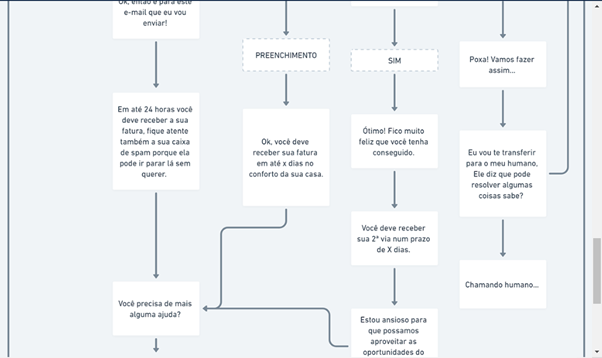Culture and communication: UX Writing
Aug 02, 2021
Think with me...
If a lawyer doesn't hire a lawyer, why use legal language with a client who has never stopped to read a single law book? Watching How to Get Away with Murder does not count.
Understand more about UX Writing and why you should care about it. 👇
Culture and communication is something that I defend walking together, each and every language was made to be understood and not just a mere compliance with rules. When you learn a language, as you reach a leaner fluency, it stays, with the aim of making communication practical and quick.
When technology emerged, very few were fluent and understood the terms and concepts, so communication was extensive and sometimes necessary to prepare manuals to be understood. Over time the language began to be dominated, I say this from a basic vision, not that of a software programmer.
Currently there is a language of its own on the internet, how many people nowadays write “THNX” or “R U ok?”. This is certainly not a language rule, but a new form of communication adopted by users, something that naturally became part of most people's daily lives.
How many people are still using manuals to use technologies? And when they do, how many of them do they really like? This is where we started talking about culture. The human being is naturally composed of emotional, impactful, memorable experiences and, above all, we tend to register positive feelings.
With that in mind, and taking into account the growth of technology, it is clear that communication has to evolve towards these aspects, after all, everything has been created for the well-being and a better experience of human beings directly or indirectly.
Thinking about it, why are some entrepreneurs and companies still so resistant to change? Why maintain a bureaucracy that, in addition to making life difficult for your customers, prevents you from attracting new customers more efficiently?
Real case

This is the flow of a chatbot developed for a fintech. Given everything we've come across when we talk about resolving invoice-related issues, how does that flow sound to you? Well, this very good-natured little robot even has a name and he presents himself as an assistant who usually precedes the human attendant in attendance. Ah, his name is Fin! Little fintech robot, got it? LOL.
Fin was created for a company that works with technology and chose to innovate in its services through humanization. The future trend of this company, in addition to technological evolution, is that it will retain more and more customers, not only because it has a robot with a name and identity, but also because it uses communication that is appropriate to the culture of its audience.
UX Writing in Law
If a lawyer doesn't hire a lawyer, why use legal language with a client who has never stopped to read a single law book? Watching How to Get Away with Murder does not count.
Legalese and paperwork, who doesn't? The biggest lie told on the internet is the “I have read and accepted the terms”. We know that people don't read, they just swipe their eyes and search for the information that really interests them. It's fact.
When dealing with documents that address your rights, it is perhaps even more important to facilitate communication so that more than your client agrees to your terms, he can feel secure in making a decision. Imagine that you need to sign a contract and at the time of signing you make the process light and relaxed, provide a pleasant experience by eliminating some of the natural tension in these situations... Sounds great doesn't it?!
The Law deals with all kinds of people and among this public we find several dealing with very serious problems. Therefore, using a lighter communication, with clear intentions, would not only reduce all the anxiety of these people, but also conquer them, delivering an experience that goes beyond hiring a service, but that provides a sense of protection and acceptance (a great pain for this public).
Discovering the context and culture of your audience is the most efficient way to make your business a unique alliance with your customer and transforming communication is certainly a way forward.
Understanding how your customer expresses themselves culturally, and using that within your vocabulary to generate a greater connection in communication is desirable, as it makes the audience feel part of something... Give it to them.
Mariana Gonçalves is 25 years old and has been working as a Designer for 6 years. It started with Web Design (UI Design and Front-End) and today it is divided into some other areas. She founded a company that was active in the area of social media. The most recent projects are in the Product Design area in hackathons. Today, after a career transition, she works as an Innovation Analyst at MJV Tecnologia e Inovação and an Experience Analyst at Valejo. Connect with her here.
